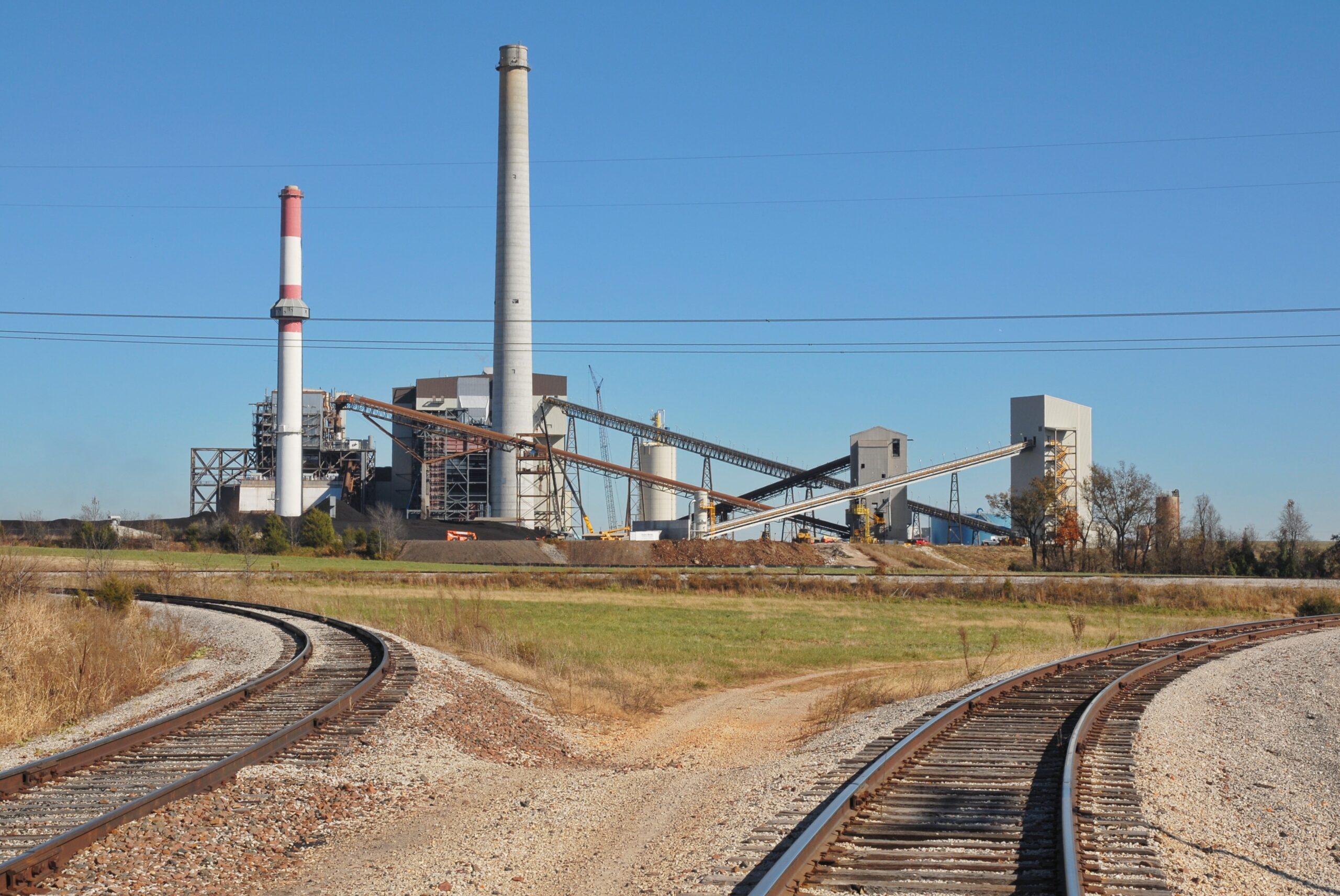The U.S. energy industry is coming to a crossroads. There has never been a stronger push to integrate renewable energy into the American electricity grid, but installing and connecting generators to existing grids can still be challenging. However, a potential long-term solution is arriving: converting old coal power plants into renewable energy plants.
In states like Illinois, North Dakota, and Minnesota, coal dominated the energy sector.
With decreasing reliance on fossil fuels and a transition towards a more resilient, diverse energy mix, coal plants left behind are themselves transitioning into solar farms or battery storage facilities in the next three years. Illinois alone plans to flip nine former coal plants into renewable energy facilities.
A big reason these coal plants are being repurposed is that they are a cost-saving investment from power companies due to already being connected to the grid and miles of cables. It would be too expensive and not eco-friendly to undergo massive cable relaying projects or burying power lines. This sustainable energy plan could seriously shift discourse about how America entirely shifts towards more innovative forms of power.
At this moment, there are over 600 retired coal plants in the U.S. Around 266 of these plants are about to reach the end of their 50-year lifespan, leaving plenty eligible for conversion into renewable energy sources. This news comes when some states suffer serious reliability and energy strain issues.
For example, Texas has felt the effects of the insane heat waves earlier this summer, straining the already-overloaded power grid. The operator even asked Texans not to run their air conditioners during the day to save energy. This solution is not sustainable and poses a severe risk to citizens. If Texas converted non-energy producing coal plants into more sustainable energy sources, it might not have to deal with the consequences of cycling energy like rolling blackouts.
This plant conversion also follows the trend of the American energy sector easing off limited, non-clean energy and more reliance on renewable sources. In the first four and half months of 2021, it was reported that renewable energy was the primary source of electricity for 90 straight days for some states. Sources like wind turbines, solar panels, and hydroelectric dams create a greater output than coal.
The COVID-19 pandemic forced coal miners to stay at home for fear of infection, and with this came a turn to more renewable sources to power homes. Coal emissions have also been declining, with an 11% reduction in 2021 alone. Coupled with plans to convert the old coal plants to clean energy, we can expect to see an even larger emission reduction. Coal is beginning to get pushed out as the third or fourth fuel source for power plants.
The cost of running a renewable energy plant is considerably cheaper than continuing to use coal. Rather than funding mining efforts, it’s more cost-efficient to switch to solar, wind, geothermal, or biomass fuel. Multiple experts have concurred the economic barriers that once blocked sustainable energy are gone, and rather the slow growth has been due to backed-up regulators working to approve plans for renewable energy conversion.
The dip in coal reliance is happening rapidly, so much so that states like Illinois have passed the Coal-to-Solar Energy Storage Grant, providing incentives to former coal plants transitioning to solar energy.
Tax benefits are expected to follow these conversion projects, meaning less money spent on energy taxes from coal burning.
The industry doesn’t expect coal to be taken completely off the table as a source of America’s energy. However, as its efficiency quickly loses ground and public support compared to solar, wind, natural gas, and other clean energy sources, the plant conversion projects will ramp up. More coal mines and plants are closing, and larger energy firms are seizing the opportunity to flip the switch for sustainability, innovation and economic resilience.





